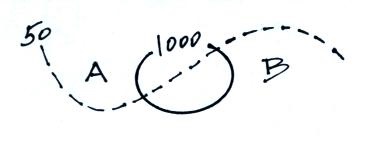
Convergence and divergence. Rising
air motions, what can cause air to rise and why rising air is
important. Sinking air. Strong and weak pressure
gradients and their effects.


| Mon., Feb. 17 |
4:30
- 5:30 pm |
Haury
(Anthropology) 129 |
| Tue., Feb. 18 |
4:00
- 5:00 pm |
Haury
(Anthropology) 129 |